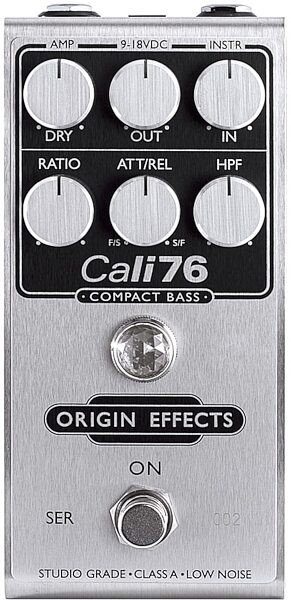NegativeEase
New member
Ok, after 1 month of heavily playing my 2 Origin pedals.
Verdict is they are easily 2 of the best pedals I've ever used -Ive owned around 200 pedals -and these both sit in the Top 10.
-Warning they are super expensive (handmade in UK) so they ought to be good to charge what they do.
Revival drive is a damn switchable Swiss army knife of all overdrives -good lord it's perfect -and switch in a controllable mid hump/boost with a pedal too.
Cali76 (UA 1176 clonish) is the best guitar pedal compressor I've ever used (And I've owned a lot)
* Pros -Incredible tones, feature rich, easy to use, highest quality components and build quality of any pedal on the market.
* Cons -Price prohibitive and larger footprint than most pedals.


Verdict is they are easily 2 of the best pedals I've ever used -Ive owned around 200 pedals -and these both sit in the Top 10.
-Warning they are super expensive (handmade in UK) so they ought to be good to charge what they do.
Revival drive is a damn switchable Swiss army knife of all overdrives -good lord it's perfect -and switch in a controllable mid hump/boost with a pedal too.
Cali76 (UA 1176 clonish) is the best guitar pedal compressor I've ever used (And I've owned a lot)
* Pros -Incredible tones, feature rich, easy to use, highest quality components and build quality of any pedal on the market.
* Cons -Price prohibitive and larger footprint than most pedals.


Last edited:
